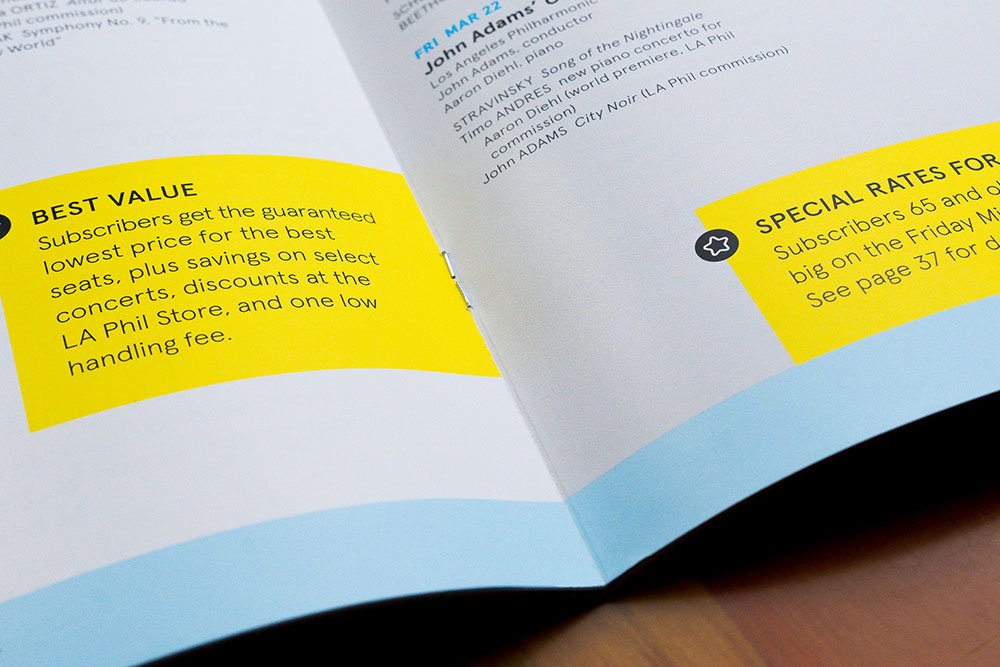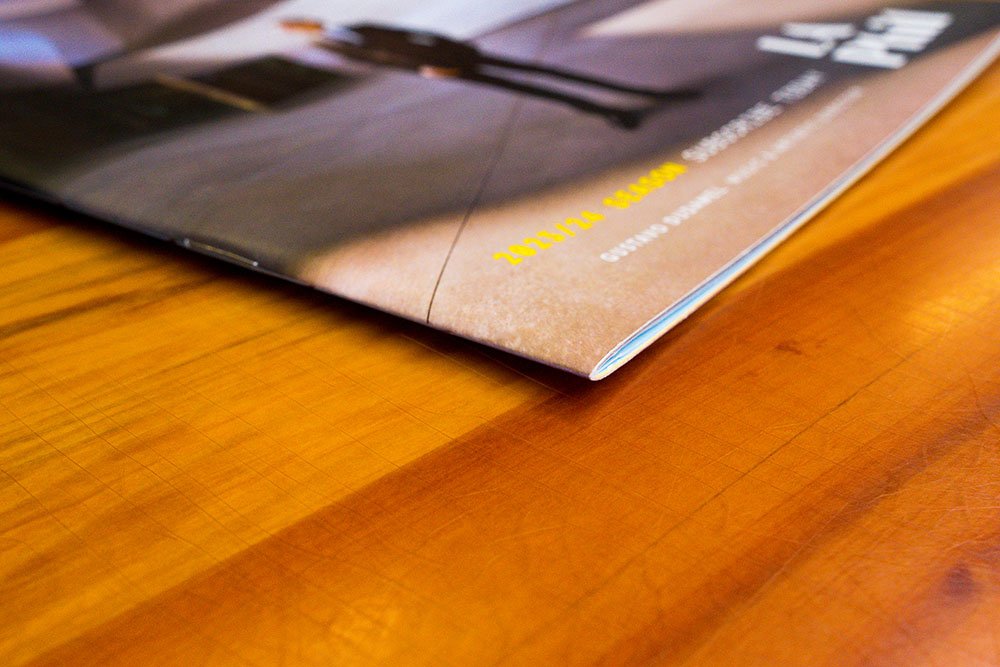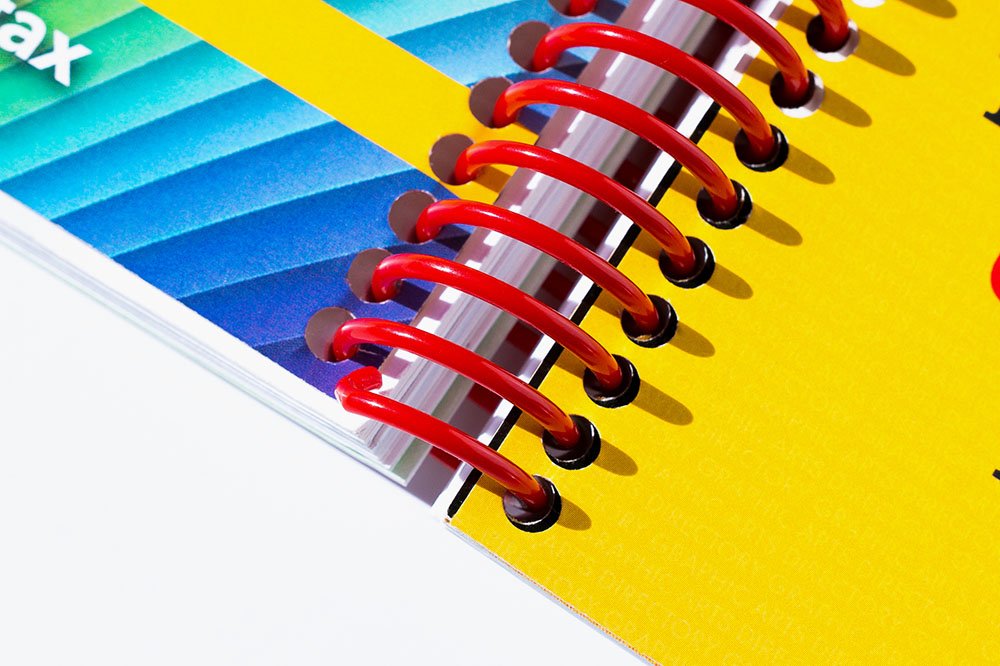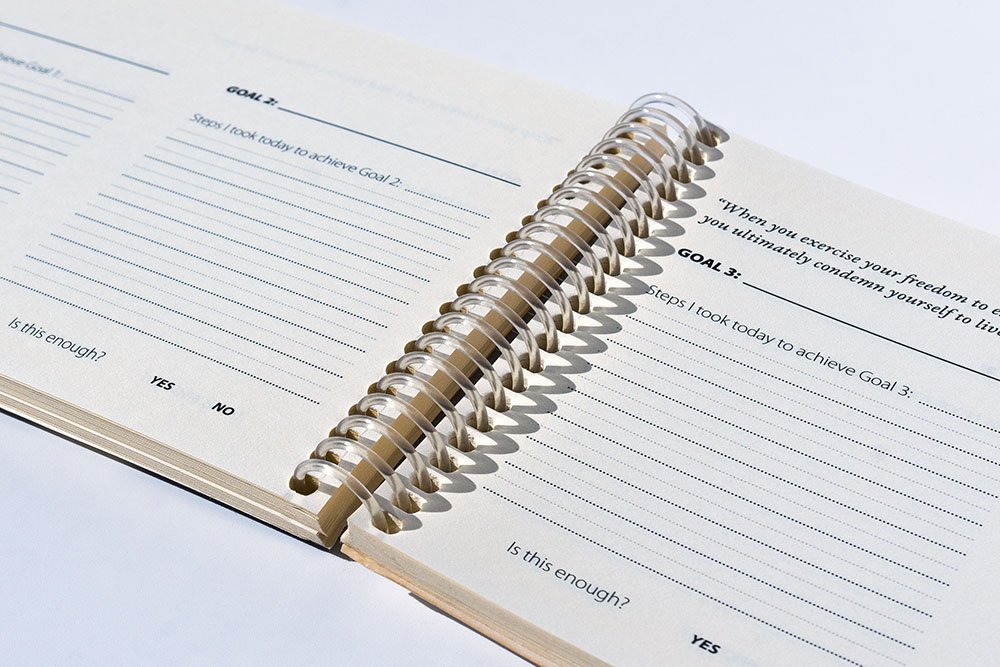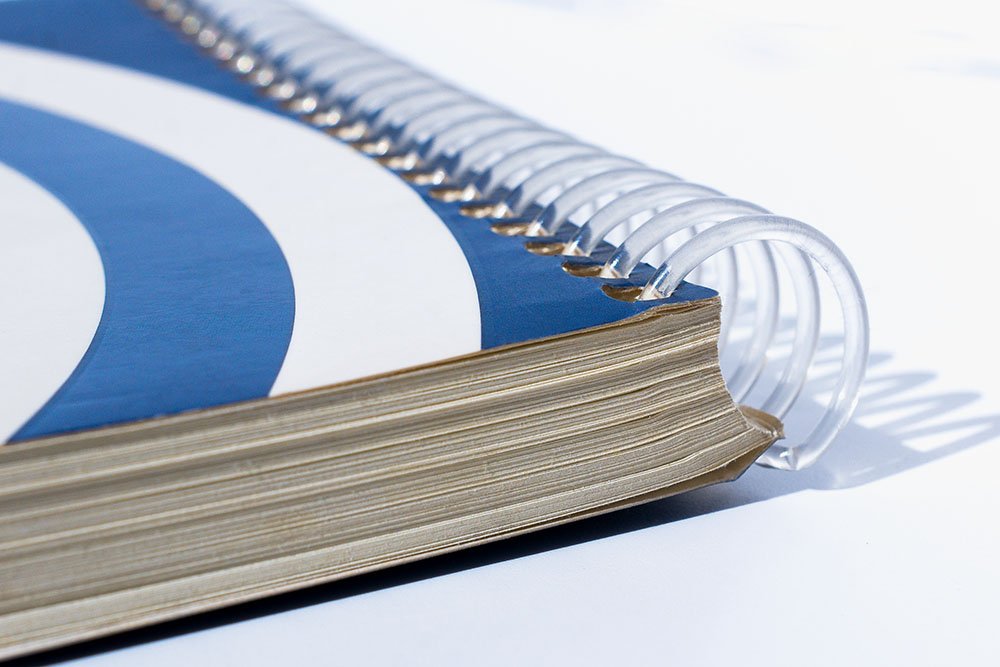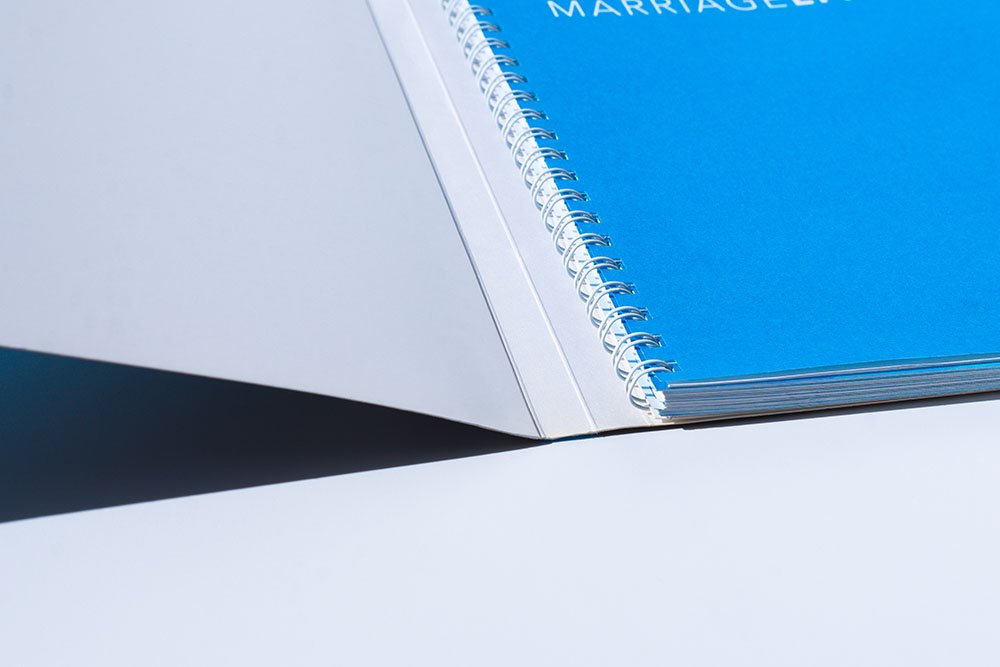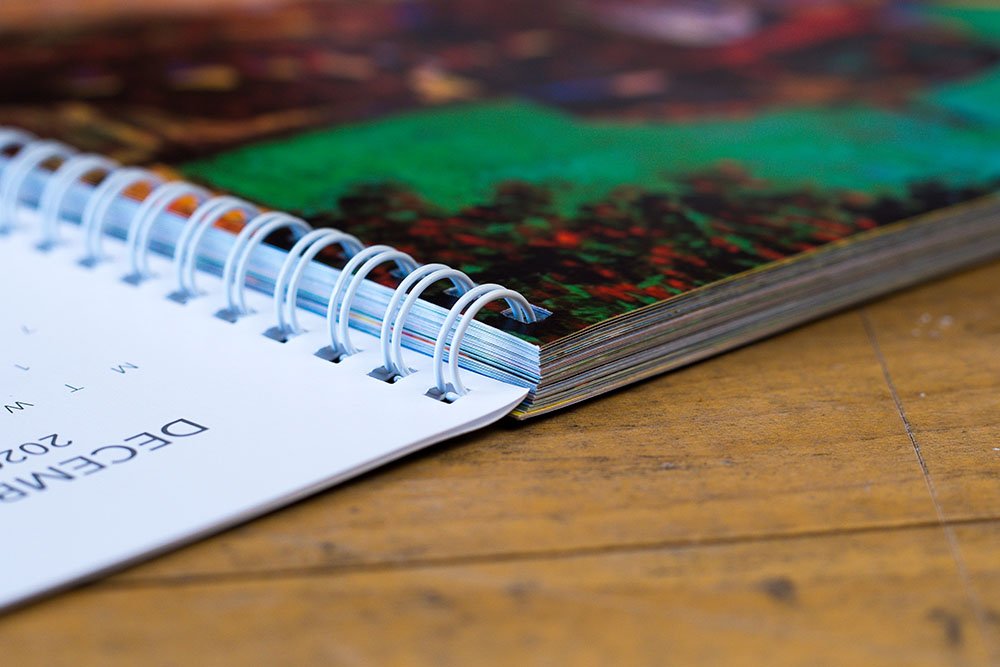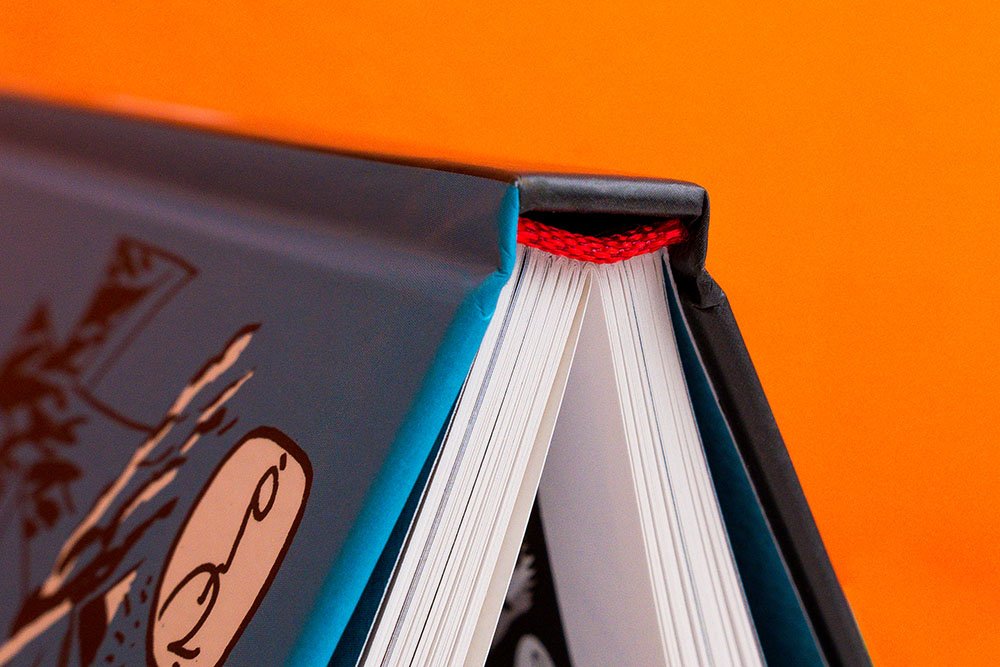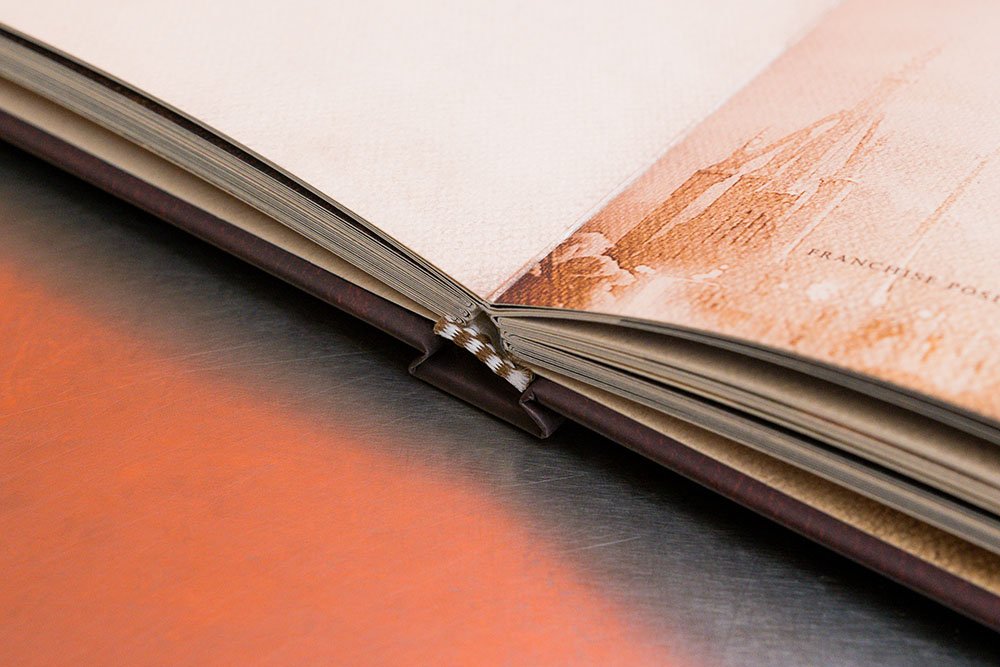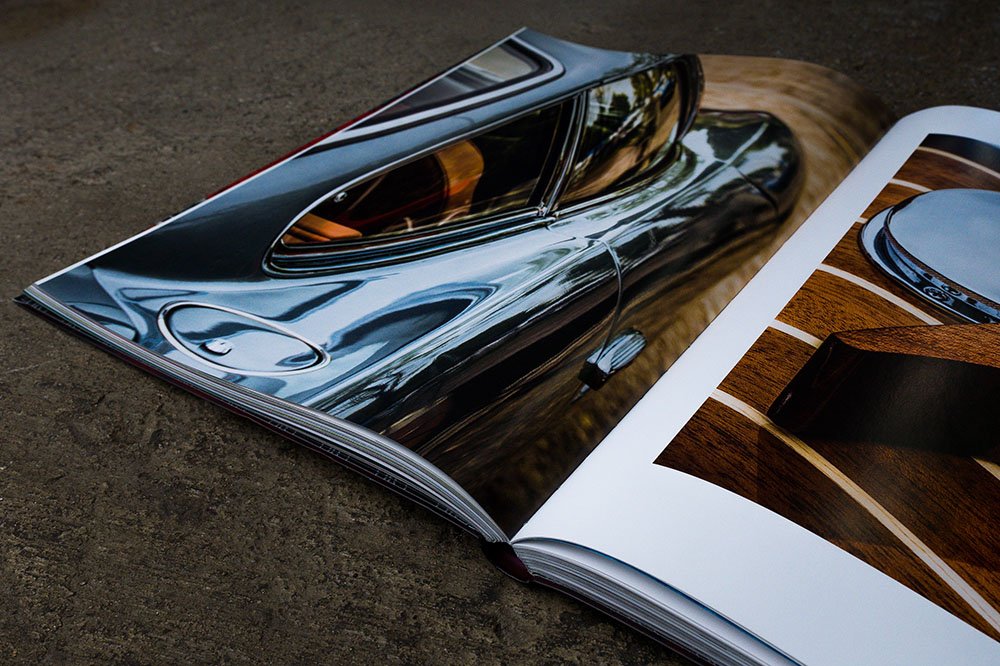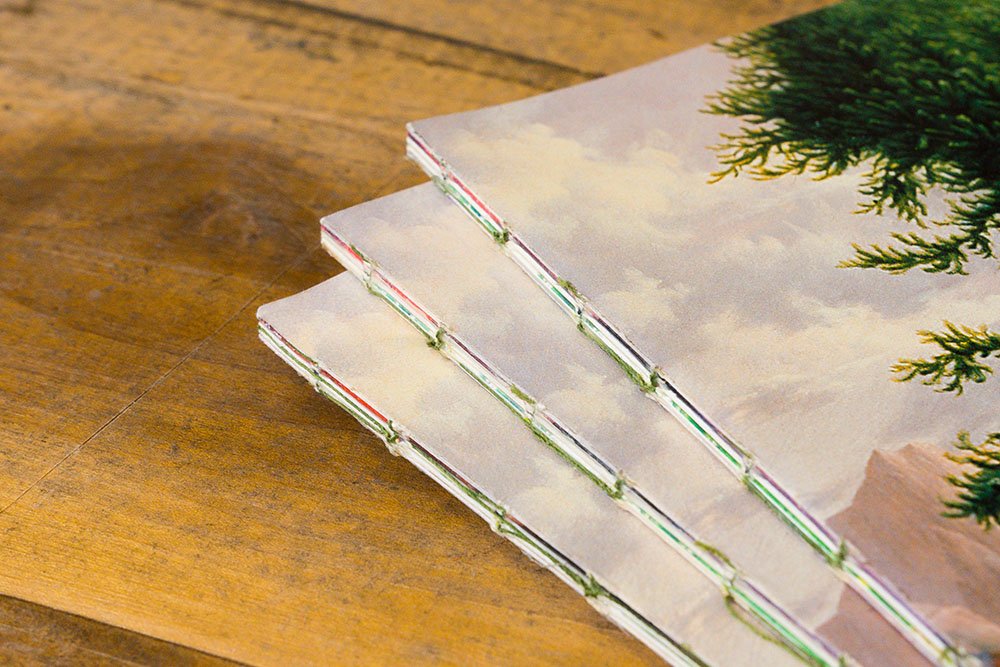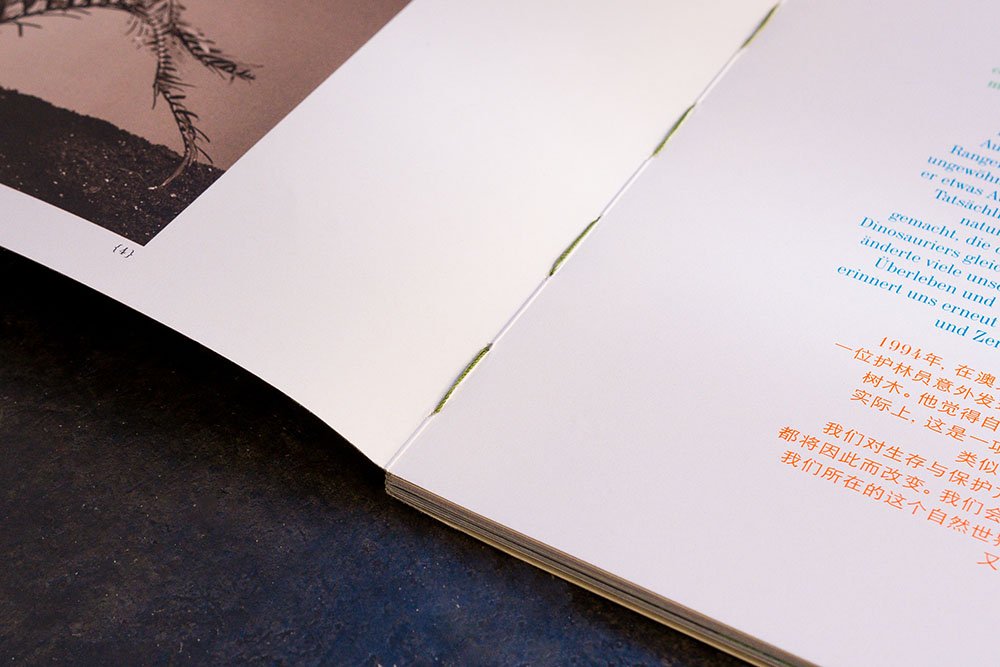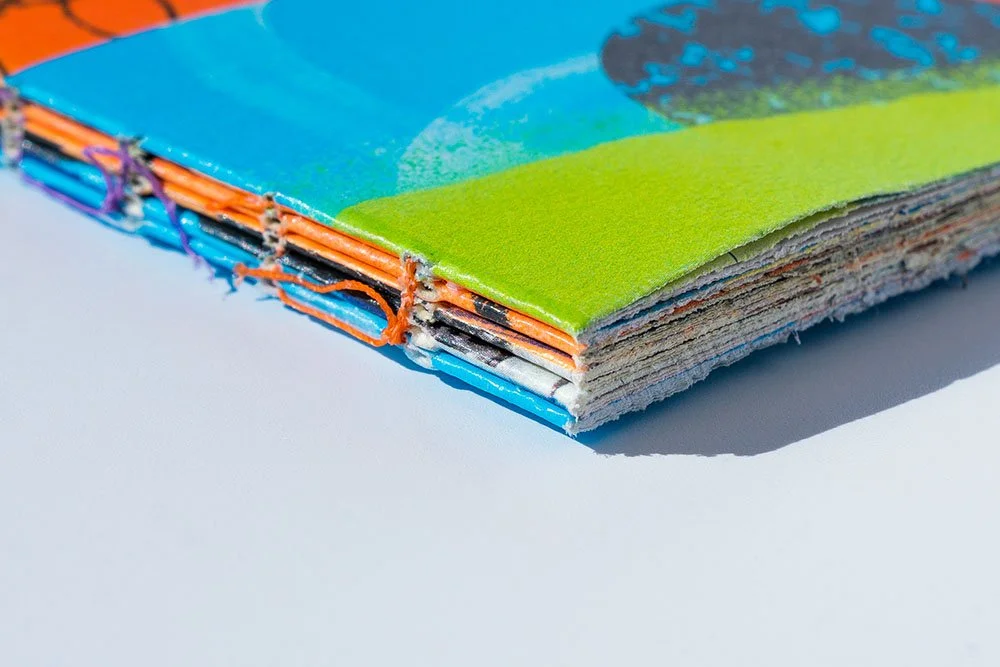Beyond the Cover: Understanding the Different Types of Bookbindings
In a world buzzing with e-books, iPads, and smartphones, let's take a delightful detour back to the good ol' days of bookish charm. The nostalgia of holding a physical book in your hands can be magical and this appeal is enhanced by the art of bookbinding, a centuries-old craft that beautifully marries form and function.
We're not just judging books by their covers. Join us as we peel back the cover and dive headfirst into the riveting realm of six distinct bookbinding techniques that give books their unique personalities. Here are some of our favorite options:
1. Perfect Binding
Perfect binding is one of the most commonly used bookbinding methods, especially for paperback books. It involves gluing the edges of the book's pages together at the spine and then attaching a cover to the glued edge. This method provides a clean and professional finish, making it an economical choice for large print runs.
2. Saddle Stitching
Ideal for booklets and thin publications, saddle stitching involves stapling the centerfold of the book. This simple yet effective method is often used for brochures, pamphlets, and magazines.
3. Spiral Binding
Spiral binding is a practical and popular choice for notebooks, journals, and cookbooks. In this method, a plastic or metal coil is wound through small holes punched along the edge of the pages. This allows the book to lay flat, making it easy to use and reference.
4. Wire-O Binding
Similar to spiral binding, Wire-O binding utilizes a double-loop wire that is threaded through holes along the edge of the pages. The result is a more professional and sturdy finish, making it an excellent option for presentations, reports, and manuals.
5. Case Binding
Case binding, also called hardcover binding, is a method to make sturdy hardcover books. First, the book's pages are sewn or glued into a block. Then, this block is connected to a solid cover, creating a complete book. The cover is typically made of thick paperboard, giving the book both protection and a professional look.
Two main techniques are used in case binding: Smyth-sewn binding and perfect bound hardbound binding. Smyth-sewn binding involves sewing pages together with thread for durability and flat reading. Perfect bound hardbound binding combines the elegance of hardcovers with various glue binding options.
In case binding, additional elements like head and tail bands, markers, ribbons, and dust jackets are considered to enhance the book's appearance and functionality.
6. Naked/Exposed Binding
Naked or exposed binding, also known as open spine binding, is a distinctive bookbinding method that deliberately leaves the spine of the book exposed, showcasing the stitching or binding structure. This allows the reader to see the construction of the book and creates a raw and authentic aesthetic that appeals to those who appreciate handcrafted and artisanal qualities.
This unique style of binding offers an artistic and often rustic appearance, revealing the craftsmanship that goes into creating a book. While naked binding may not be as common as traditional bookbinding methods, it has gained popularity for its artistic and tactile appeal.
Explore Book Artistry with Bigger Dot
Beyond the cover of a book lies a world of possibilities when it comes to bookbinding. Each type of binding has its own charm, functionality, and unique appeal. Whether you're printing a novel, a cookbook, a journal, or a business manual, choosing the right bookbinding method is essential in presenting your content in the best possible way.
Let us infuse our artistry into your book creation, enriching the experience for both you and your readers.






